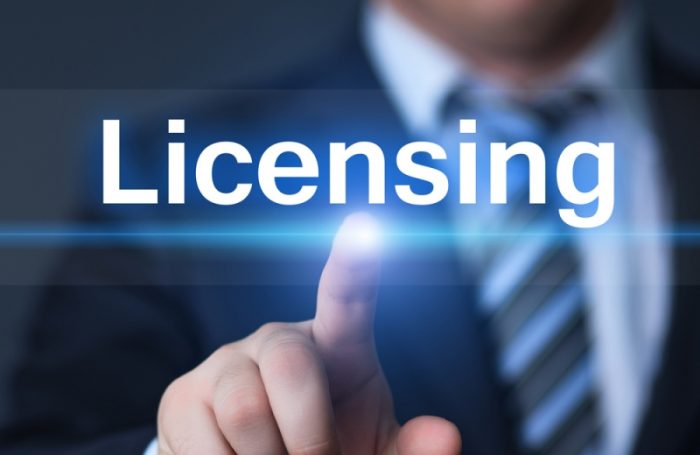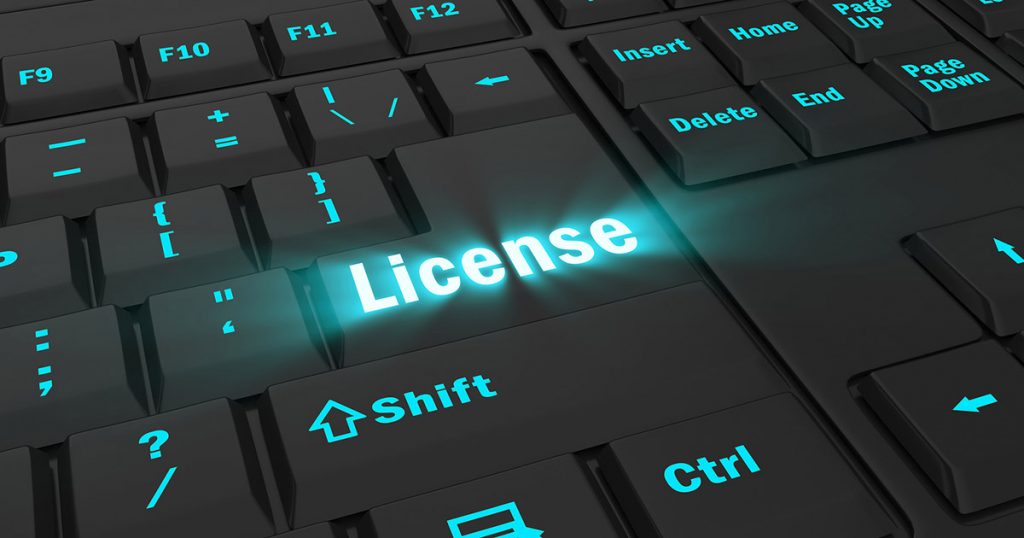
A Software License Agreement Takes it On the Chin
The case law governing software license agreements has evolved dramatically over the past 20 years as cataloged by Doug Phillips in his book The Software License Unveiled.
One of the recent trends in this evolution, as correctly noted by Phillips, is that courts will often honor contractual limitations of liability which appear in these agreements, which seek to insulate the software company from various claims and categories of damages, notwithstanding the lack of bargaining power on the part of the user. The case law has been animated, in large part, by the normative economics of Judges associated with the University of Chicago.
Certain courts, as a result, could be fairly criticized as being institutionally hostile to the user public at large. Phillips notes that a New York appellate court, in Moore v. Microsoft Corp., 741 N.Y.S.2d 91 (N.Y. App. Div. 2002), went so far as to hold that a contractual limitation of liability barred pursuit of claims for deceptive trade practices.
Although the general rule is that deceit-based claims, as well as intentional torts, cannot be contractually waived in advance, there are various doctrines, exceptions, and findings that a court might use (or misuse) to sidestep the general rule. Such rulings are unsurprising at this point, because the user, as chronicled by Phillips, has been dying a slow death under the decisional law, with software license agreements routinely interpreted in favor of software companies on any number of issues.
It was against this backdrop that, on August 4, 2010, a software company seeking to use a contractual limitation of liability as a basis to dismiss various tort claims, met with stunning defeat. The U.S. District Court for the District of Hawaii ruled that the plaintiff’s gross negligence claims could proceed against the software company and that the contractual limitation of liability did not foreclose a potential recovery of punitive damages based on such claims. Furthermore, the matter remains in federal court in Hawaii notwithstanding a forum selection clause (section 15 of the User Agreement) in which the user apparently agreed “that any action or proceeding instituted under this Agreement shall be brought only in State courts of Travis County, State of Texas.”
The case is Smallwood v. NCsoft Corp., and involved the massively multiplayer, subscription-based online fantasy roll-playing game “Lineage II.” The plaintiff, a subscriber, alleged that the software company failed to warn of the “danger of psychological dependence or addiction from continued play” and that he had suffered physically from an addiction to the game. The plaintiff reportedly played Lineage II for 20,000 hours from 2004 through 2009. (Is there any higher accolade for a gaming company?) The plaintiff also alleged that, in September of 2009, he was “locked out” and “banned” from the game.

The plaintiff claimed that the software company had told him he was banned “for engaging in an elaborate scheme to create real money transfers.” The plaintiff, in his Second Amended Complaint, couched his claims against the software company in terms of 8 separate counts: (1) misrepresentation/deceit, (2) unfair and deceptive trace practices, (3) defamation/libel/slander, (4) negligence, (5) gross negligence, (6) intentional infliction of emotional distress, (7) negligent infliction of emotional distress and (8) punitive damages.
The software company undertook to stop the lawsuit dead in its tracks and filed a motion to dismiss all counts. The defendants argued, among other things, that Section 12 of the User Agreement, entitled “Limitation of Liability,” foreclosed essentially any recovery. The provision, which is common in the industry, purported to cap the amount of the software company’s liability at the amount of the user’s account fees, the price of additional features, or the amount paid by the user to the software company in the preceding six months, whichever was less.
The Court considered the parties’ arguments and then penned a whopping 49-page decision granting the software company’s motion to dismiss, but only partially. The Court determined that the User Agreement contained a valid “choice of law” provision stating that Texas law would govern the interpretation of the contract. However, the Court then ruled that both Texas and Hawaii law did not permit people to waive in advance their ability to make gross negligence claims. The plaintiff’s remaining negligence claims survived as well. The claims based on gross negligence remained viable for the full range of tort damages, including punitive damages, whereas the straight-up negligence-based claims would be subject to the contractually agreed on limitation on damages.
The fact that the gross negligence claims survived is significant in and of itself, but in reality having the right to sue for “gross negligence” is the functional equivalent of having the right to sue for straight-up negligence as well—thus radically broadening the scope of claims that (according to the court) cannot be waived in a User Agreement.

Although it is true that negligence and gross negligence differ in theory (“negligence” = breach of the duty of ordinary care in the circumstances; “gross negligence” = conduct much worse than negligence), it is nearly impossible to pin down with precision the dividing line between the two concepts. Interestingly, Wikipedia notes that the Brits broadly distrust the concept of gross negligence and that, as far back as 1843, in Wilson v. Brett, Baron Rolfe “could see no difference between negligence and gross negligence; that it was the same thing, with the addition of a vituperative epithet.” True indeed.
The lack of a clear dividing line is an important tactical consideration. A plaintiff often pleads a single set of facts as supporting claims for both negligence and gross negligence and—in the absence of a contractual limitation on liability—expects both claims to survive a motion to dismiss, survive a motion for summary judgment, and make it to a jury.
When the contractual limitation of liability is introduced into the mix, and the plaintiff is forced to give up the pure negligence claims, it hardly matters: the gross negligence claims—based on the exact same facts—cannot be waived (at least under Texas and Hawaii law) and therefore survive, at least up to the point of trial. Courts will not decide genuine factual disputes—that is the function of the jury. This is usually enough for the plaintiff, since the overwhelming majority of cases settle. Thus, a gross negligence claim, in most situations, is the functional equivalent of a negligence claim. For these reasons, the Smallwood decision, if it stands, may achieve some lasting significance in the software license wars.